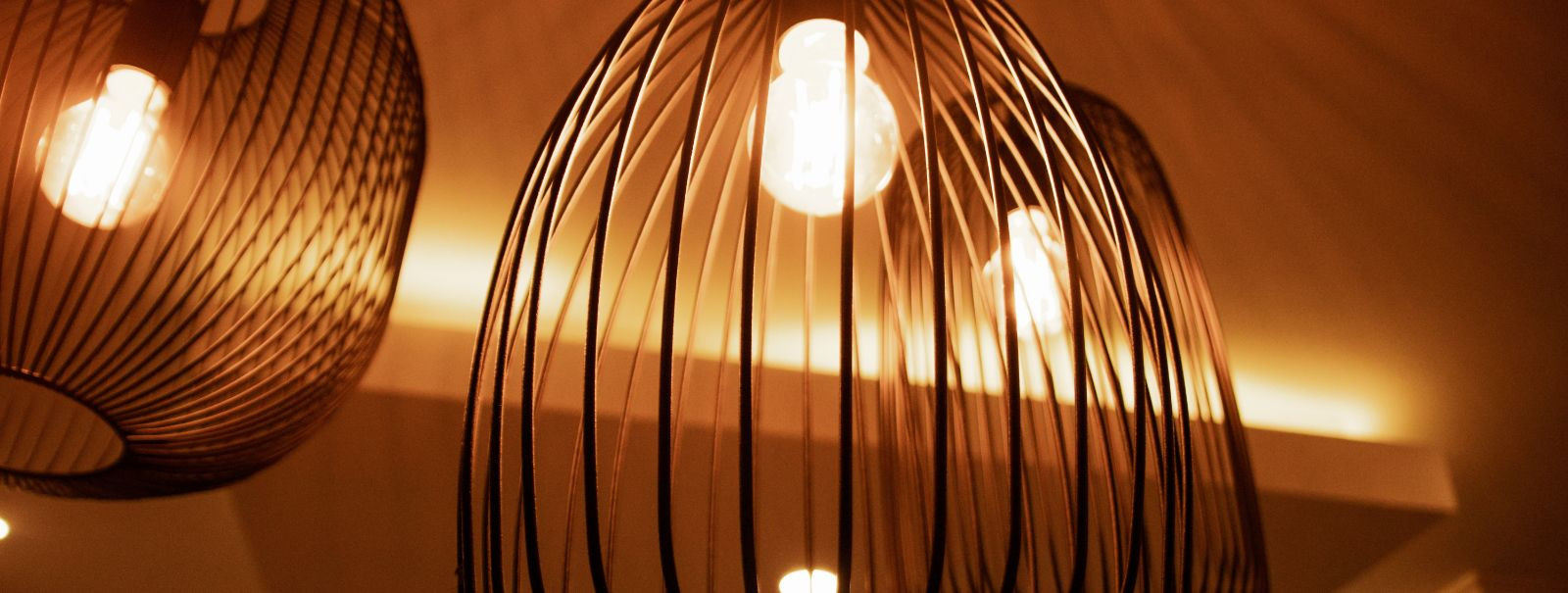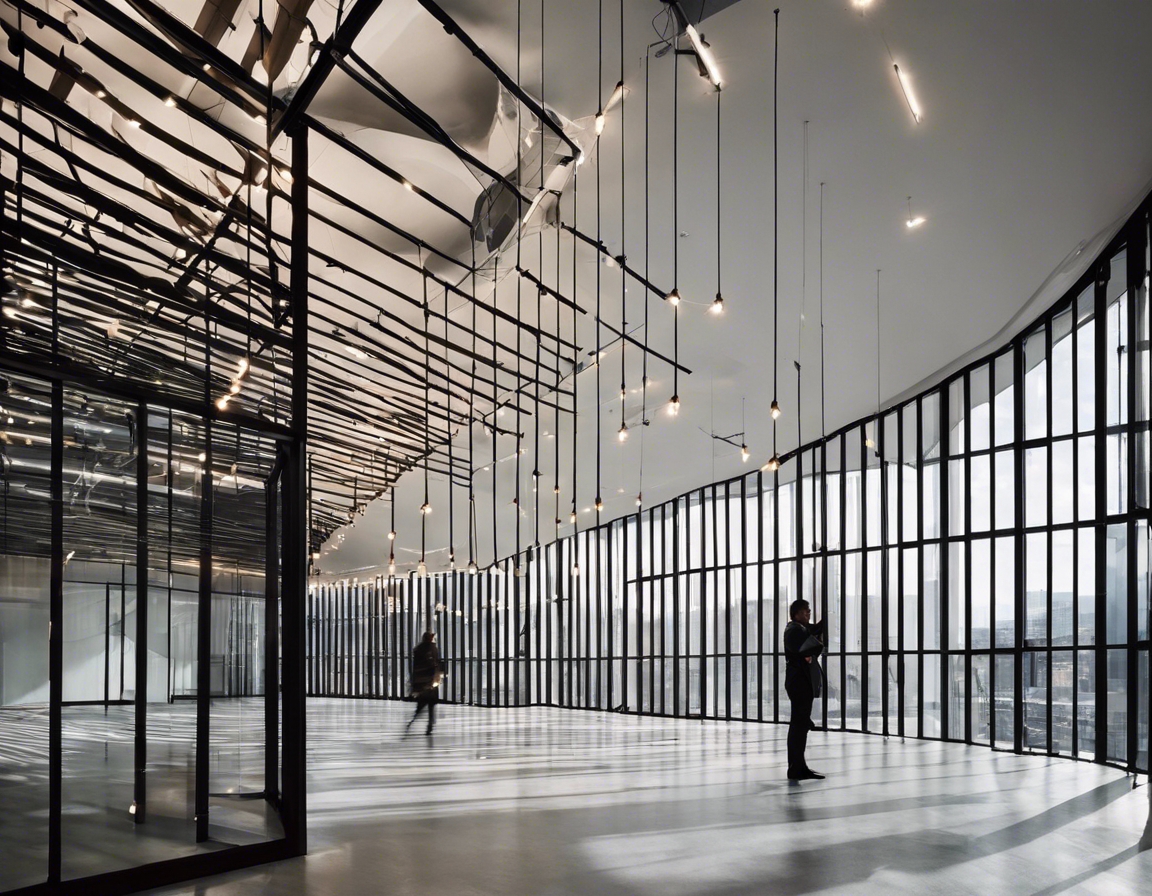How to choose the right lighting for your space
Lighting is more than just a practical necessity; it's a powerful design element that can transform the ambiance of a space. It affects our mood, productivity, and even our health. For architects, interior designers, property developers, and business owners, understanding the impact of lighting is crucial for creating spaces that are both beautiful and functional.
There are three main types of lighting to consider: ambient, task, and accent. Ambient lighting provides overall illumination, task lighting is focused on specific areas for activities like reading or cooking, and accent lighting highlights architectural features or artwork.
Before diving into lighting design, familiarize yourself with terms like lumens, wattage, and color rendering index (CRI). These will help you understand the technical aspects of lighting and make informed decisions.
Analyzing Your Space
Each room has its own purpose and lighting needs. A home office requires different lighting compared to a cozy living room. Start by defining the activities that will take place in each space.
Natural light should be maximized wherever possible. It's not only beneficial for our well-being but also reduces the need for artificial lighting during the day.
The size and shape of a room will influence your lighting choices. Larger spaces may need more light sources, while lower ceilings might limit the type of fixtures you can use.
Lighting Design Principles
Layering different types of lighting can create a dynamic and flexible space. Consider how ambient, task, and accent lighting can work together to serve both the functionality and aesthetics of the room.
Color temperature, measured in Kelvins, affects the mood of a space. Warmer temperatures create a cozy atmosphere, while cooler temperatures are ideal for concentration and focus.
Shadows and contrast can add depth and interest to a room. However, they need to be managed carefully to avoid creating dark spots or glare.
Selecting Fixtures and Bulbs
Fixtures are a key element of your lighting design. They should complement the room's decor and be in line with current trends while remaining timeless.
The right bulb can make all the difference. Consider brightness, energy consumption, and lifespan when selecting bulbs for your fixtures.
Energy-efficient lighting is not only good for the environment but also for your wallet. LED bulbs, for example, consume less energy and have a longer lifespan than traditional bulbs.
Smart Lighting and Technology
Modern lighting systems offer unprecedented control over the lighting in your space. From dimmers to motion sensors, these innovations can enhance both convenience and energy efficiency.
Smart lighting systems can be programmed and controlled remotely, offering flexibility and personalization for the user. They can also be integrated with other smart home systems for a seamless experience.
Working with Professionals
For complex projects or to achieve a specific lighting effect, hiring a lighting designer can be invaluable. They bring expertise that can elevate your project to the next level.
Lighting should be considered from the beginning of the design process. Working closely with architects and interior designers ensures that lighting is an integral part of the overall design vision.






Comments (0)